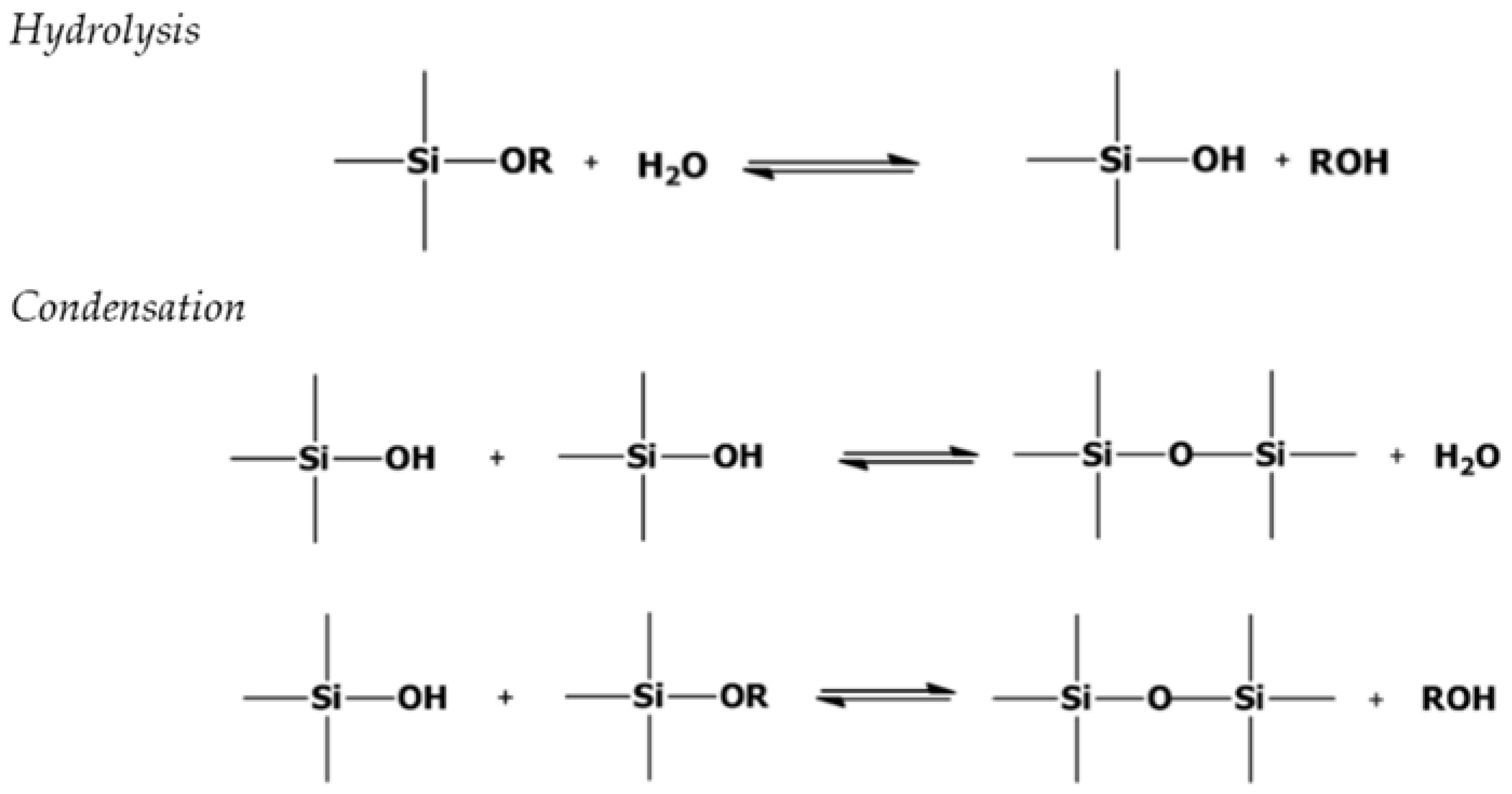Sol Gel Process For Ceramic Coatings

Such combined sol gel chemical bonding process can be used to fabricate dense thick ceramics or ceramic coatings for a variety of applications including high temperature corrosion protection wear resistance dielectric properties non sticky surfaces bio active ceramics thermal barrier ceramics non wetted surfaces and others.
Sol gel process for ceramic coatings. Sol gel coating systems are a hybrid of organic and inorganic chemistry otherwise known as ceramic coatings that is free of pfoa and ptfe. Introducing sol gel ceramic coatings the hybrid ceramic coating with excellent heat resistance and non stick properties. The sol gel process is a wet chemical technique used for the fabrication of both glassy and ceramic materials. Traditionally non reactive systems are preferred by nonstick coating producers.
Electrophoretic sol gel coating can form sio 2 films uniformly on the surface of plain and dc etched specimens. Sol gel research grew to be so important that in the 1990s more than 35 000 papers were published worldwide on the process. Formulators usually try to avoid chemical reactions within their formulations due to the fact that it could affect the quality and functional properties of the eventual coating. Electrophoretic sol gel coating of sio 2 was performed on dc etched and electropolished aluminum and then anodizing was carried out to examine the dielectric properties of anodic oxide films formed by the two successive steps.













































